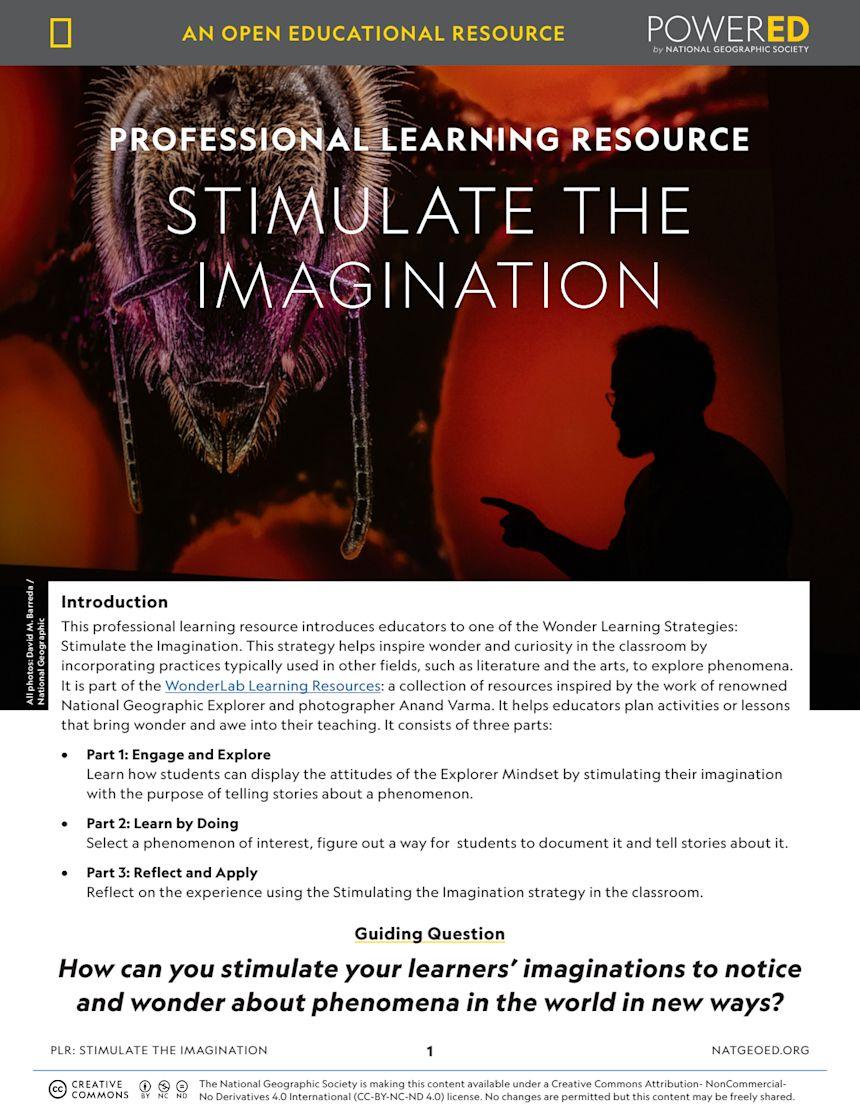Top Skills Every Interaction Designer Needs to Succeed in EdTech
Are you passionate about merging design with cutting-edge educational experiences? As education technology, or EdTech, continues to revolutionize learning environments in universities, colleges, and schools, interaction designers are in high demand. Landing a job in EdTech requires more than just creative flair—it’s about blending design thinking, user empathy, digital tools, and educational insight to create tools that truly enhance teaching and learning.
In this article, we’ll explore the top skills every interaction designer needs to succeed in EdTech, provide practical tips, and highlight the benefits of honing these abilities for a rewarding career in educational technology.
Why edtech Needs Top-Tier Interaction Designers
The rapid adoption of digital tools in education means that universities, colleges, and schools require interfaces and user experiences (UX) that are accessible, engaging, and effective for diverse learning communities. Interaction designers play a pivotal role in making educational technologies both usable and meaningful for students, educators, and administrators alike.
Essential Skills for Success as an EdTech Interaction Designer
To thrive in the EdTech sector, interaction designers must go beyond basic design competencies. Here are the must-have skills every interaction designer should develop:
1. User-Centered Design Thinking
- Empathy for learners and educators: Understanding the unique needs and challenges faced by users in an educational setting is crucial. This includes students of varying abilities, teachers with different technological proficiencies, and administrative staff.
- User research and testing: Conduct usability studies, interviews, and feedback sessions with real users to refine prototypes and interfaces.
2. Proficiency in Design Tools and Prototyping Software
- Mastery of design software: Familiarity with tools like Figma, Adobe XD, Sketch, or Axure is essential for creating wireframes, prototypes, and high-fidelity mockups.
- Interactive prototyping: Demonstrate how users will interact with EdTech solutions using prototypes before anything is built.
3. Understanding of Learning Theories and Pedagogy
- Learning experience design: Go beyond aesthetics—consider cognitive load, motivation, and engagement to create solutions that truly support learning.
- Collaboration with educators: Work closely with teachers and instructional designers to align designs with curriculum goals and instructional strategies.
4.Accessibility (a11y) and Inclusivity
- design for all: Build interfaces that accommodate users with disabilities according to standards such as WCAG and Section 508.
- Inclusive thinking: Ensure usability for diverse age groups, backgrounds, and learning preferences.
5. Collaboration and Dialog Skills
- Interdisciplinary teamwork: Coordinate with developers, educators, UX researchers, and stakeholders to bring projects to fruition.
- Presentation and storytelling: Effectively communicate design decisions and user journeys to both technical and non-technical audiences.
6. Analytical and Problem-solving Abilities
- Data-driven design: Analyze learner data and feedback to iterate and continuously improve EdTech solutions.
- Creative problem-solving: Address unique educational challenges that arise in universities, colleges, and schools.
7.Responsive and Adaptive Design Skills
- Multi-platform design: Ensure solutions function seamlessly on desktops, tablets, and smartphones, accommodating various access environments in education.
- Adaptive interfaces: Build functionalities that adjust to different user roles, such as teacher dashboards, student profiles, and parental views.
8. Knowledge of Modern Web Technologies
- Basic coding literacy: Understanding HTML, CSS, and JavaScript helps in better collaboration with developers and in executing feasible designs.
- EdTech-specific systems: Familiarity with Learning Management Systems (LMS), content authoring tools, and educational APIs is a plus.
Benefits of Developing Strong Interaction Design Skills in EdTech
Investing in these crucial skills can offer a wealth of advantages for aspiring interaction designers in educational technology:
- Enhanced employability: EdTech companies, universities, and schools seek designers who are well-rounded and capable of tackling modern educational challenges.
- Greater impact: Your designs can directly improve learning outcomes and accessibility, making education more equitable and effective.
- Professional growth: Working in edtech provides continual learning opportunities as technologies and pedagogies evolve.
- Job satisfaction: Designers in EdTech often report high job satisfaction, knowing their work contributes meaningfully to education and society.
Practical Tips for Aspiring EdTech Interaction Designers
- Build a portfolio: Showcase interaction design projects focused on educational contexts. Include case studies that detail your process from research to results.
- Stay informed: Keep up with EdTech trends, conferences, and emerging pedagogies to remain relevant in your field.
- Engage with educators: Network with teachers, instructional designers, and administrators to get firsthand insights on pain points and opportunities for innovation.
- experiment and iterate: Don’t be afraid to test out ideas and seek feedback from users. Iterative design leads to better outcomes.
- Hone your soft skills: Effective communication, adaptability, and collaboration are as notable as technical prowess in the edtech sector.
Conclusion: Elevate Your EdTech Career with Top Interaction Design Skills
The world of education technology is exciting, dynamic, and rich with prospect for creative professionals. By cultivating the essential skills every interaction designer needs to succeed in EdTech,you position yourself to design solutions that transform learning for students and educators. Whether developing apps for universities, interactive content for schools, or online courses for colleges, your ability to empathize, ideate, and communicate will open doors to meaningful and impactful roles.
If you are passionate about making a difference in education and love solving complex design challenges, now is the perfect time to launch or advance your career as an interaction designer in EdTech. Focus on these top skills, continually learn from users, and never stop exploring how technology can shape the future of education for the better.

